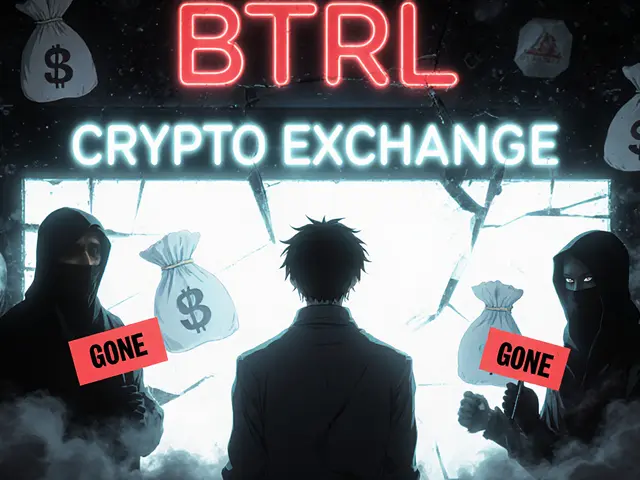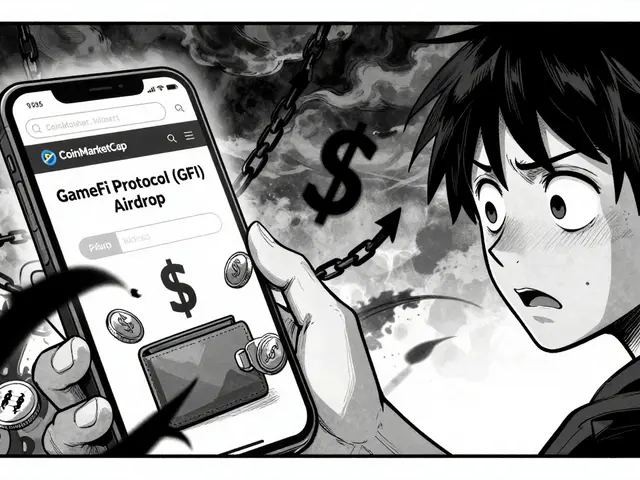Trading Fees Explained: What Every Crypto Trader Should Know
When working with trading fees, the charges applied whenever you buy, sell, or swap a cryptocurrency on an exchange or platform. Also known as transaction costs, trading fees directly affect your net profit and can vary wildly between services. Understanding how they work lets you compare offers, avoid hidden costs, and keep more of your earnings.
Another key player is the crypto exchange, a platform that matches buyers and sellers and typically charges a percentage of each trade. Exchanges may add maker‑taker models, withdrawal charges, or inactivity fees, all of which layer onto the base trading fee. A related concept is the DEX aggregator, a service that scans multiple decentralized exchanges to find the best price and fee combination for a swap, often charging a small routing fee on top of the underlying DEX costs. These entities interact: trading fees encompass exchange fees, while DEX aggregators influence the overall cost by routing orders through the cheapest paths.
How Fees Vary Across Services and Strategies
Centralized exchanges usually publish a flat percentage for maker (adding liquidity) and taker (removing liquidity) trades. For example, a 0.1% taker fee on a $10,000 trade costs $10, while a 0.025% maker fee saves you $2.50. Some platforms apply tiered discounts based on volume or token holdings, turning fee structures into a strategic decision. Decentralized exchanges, on the other hand, charge a protocol fee (often 0.3%) plus any gas costs for the transaction. When gas spikes, the effective fee can exceed the protocol rate, so timing and network choice matter. DEX aggregators like 1inch or Paraswap add a routing premium—usually a few basis points—to cover their service. That premium is offset by the better price they find, which can lower the total cost compared to a single DEX trade.
Leverage trading introduces another layer. Platforms offering margin or futures, such as Deepcoin or BitStorage, charge financing rates that accrue daily, plus the usual trading fee. High leverage (e.g., 125:1) can amplify both gains and fees, so traders need to factor in interest costs when calculating break‑even points. Some services bundle leverage fees into the spread, while others list them separately, creating differing fee transparency. Understanding the difference helps you choose a platform that matches your risk appetite and cost tolerance.
Beyond pure percentages, hidden fees can bite. Withdrawal fees vary by blockchain—moving USDT from Binance to Ethereum costs more than to a Layer‑2 solution. Inactivity fees punish dormant accounts, and some platforms levy fees for converting between stablecoins. By reviewing the fee schedule of each service, you can avoid surprise charges that erode returns. Tools on Plings let you compare fee tables side‑by‑side, making it easy to spot which exchange or DEX offers the lowest overall cost for the assets you trade most.
Finally, fee management is an ongoing process. Market conditions shift, gas prices fluctuate, and platforms adjust their rates. Setting alerts for fee changes, monitoring volume discounts, and regularly re‑evaluating your preferred routes keep your trading costs in check. Below you’ll find a curated collection of articles that dive deeper into specific fee models, exchange reviews, and strategies to minimize costs while maximizing profit.
A detailed 2025 review of OMGFIN crypto exchange covering fees, security, community features, pros, cons, and who should use it.
Read More





